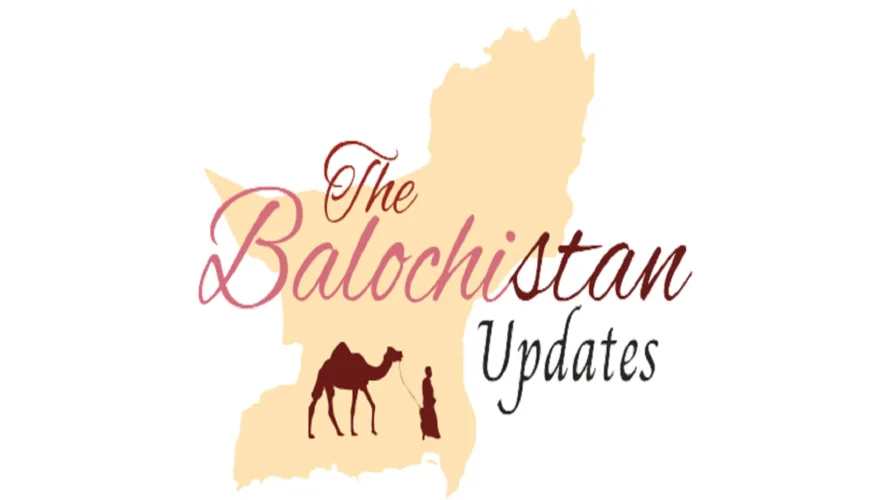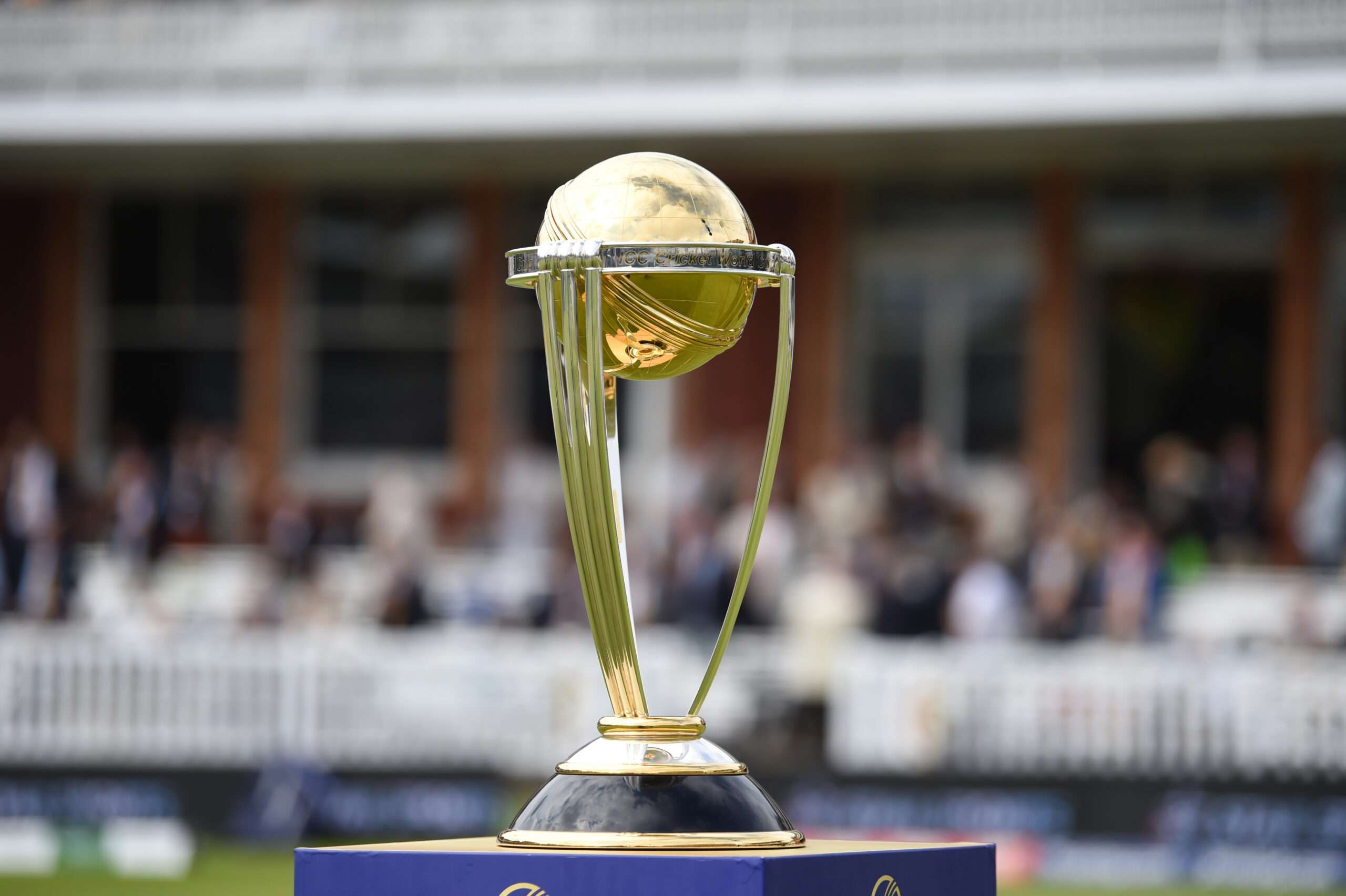T20 Cricket: Unveiling the Global Potential of Cricket
As the T20 Cricket World Cup kicks off in India on October 5th, cricket enthusiasts worldwide brace themselves for a six-week extravaganza filled with thrilling arenas, enthusiastic fans, and the unique drone of vuvuzelas. Cricket, with its astonishing one billion followers, stands as one of the world’s premier sports, yet it remains predominantly confined to a select few nations. Despite nearly five centuries since the earliest known reference to cricket in southeast England, the sport’s historical roots are deeply intertwined with the British Empire, contributing to its struggle to break free from the shackles of Commonwealth countries.
Cricket’s historical evolution has witnessed rule changes, the introduction of fresh formats, and the emergence of various competitions. However, the dominance of a ‘Big Three’ – India, Australia, and England – both on and off the field, has limited the global reach of the sport. Other prominent cricketing nations, such as Pakistan, New Zealand, Sri Lanka, South Africa, Bangladesh, and the West Indies, form an exclusive list outside this league.
In comparison, football’s governing body, FIFA, boasts a staggering 200-plus member nations, while the International Cricket Council (ICC) has only a dozen full members, with numerous nations relegated to associate status. The debate around expanding the participant list in major cricket events, such as the 50-over World Cup, has oscillated between inclusivity – as seen in the 2007 edition with 16 teams – and a more exclusive setup, as is the case in the current edition. The next World Cup in 2027 will feature 14 teams, still far fewer than the 32 nations that have graced the football World Cup since 1998.
Cricket, however, is not devoid of opportunities for expansion. Experts argue that the three-hour spectacle of T20 cricket is the path forward, especially with the emergence of franchise leagues in new markets like the United States. Women’s cricket, too, holds the potential to enhance the sport’s global footprint, and the prospect of returning to the Olympic Games could provide a significant boost.
T20 cricket, characterized by its faster pace and exhilarating nature, has heralded a revolution in the cricketing universe. Leagues like the Indian Premier League (IPL) and the Big Bash League (BBL) have not only revitalized cricket in established markets but have also birthed new fanbases in countries where cricket was once a niche sport. The inclusion of T20 cricket in the Olympics could further amplify its global presence.
While cricket prides itself on tradition and boasts a colossal following in select nations, it faces an uphill battle to attain global status. T20 cricket, women’s cricket, and Olympic inclusion present promising avenues for broadening its horizons. The cricketing world must embrace innovation and inclusivity to ensure the sport continues to evolve and capture the hearts and minds of people worldwide.
As the T20 Cricket World Cup unfolds in India, cricket aficionados can anticipate not only riveting contests but also a glimpse into the sport’s potential to transcend geographical boundaries and cultural limitations. The journey toward global cricket dominance requires a strategic shift, embracing diversity and reaching new audiences through dynamic formats and inclusive initiatives. The future of cricket may well be defined by its ability to break free from historical constraints and emerge as a truly global sporting spectacle.https://thebalochistanupdates.com/england-suffers-crushing-defeat/
FAQs:-


